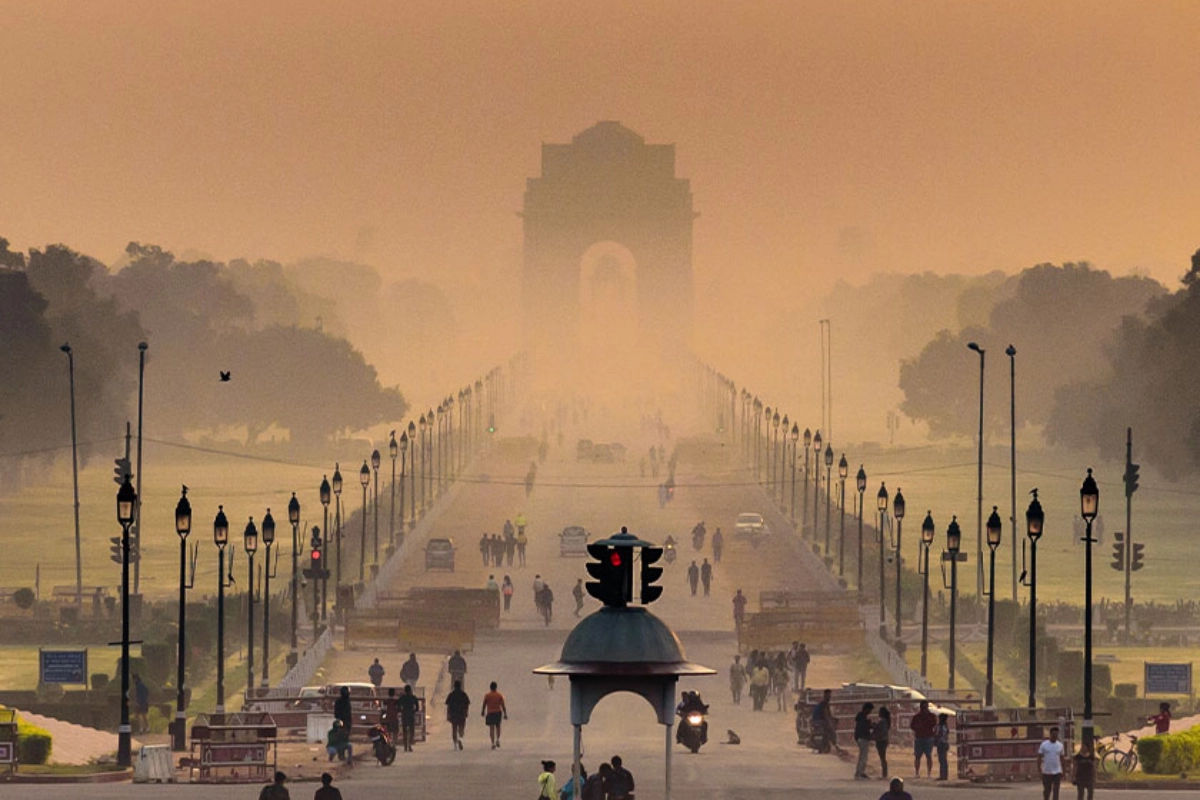Stubble Burning: Despite significant progress in reducing stubble burning across northern India, Delhi NCR continues to grapple with hazardous air quality levels. The Air Quality Index (AQI) stubbornly lingers in the “severe” category, with residents choking on thick layers of smog. If fewer farm fires aren’t the culprit, then what’s keeping the air so toxic? Let’s break it down.
Stubble Burning: A Decline, But Not the End of the Story
Data from the Indian Council of Agricultural Research (ICAR) reveals a 71.58% reduction in stubble-burning cases across six states between 2021 and 2024. This year alone, incidents dropped to 23,035 compared to 81,060 in 2021. Punjab, traditionally the hotbed of stubble burning, reported a dramatic fall to 7,864 cases in 2024 from over 30,000 last year. Delhi recorded its lowest ever—just 12 incidents.
While these figures are promising, they aren’t enough to clean Delhi NCR’s air. Stubble burning, though a significant contributor to air pollution, is only one piece of a larger puzzle.
Why Delhi NCR’s Air Remains Poisonous
1. Winter’s Natural Phenomenon: The Air Doldrum
During winter, a meteorological phenomenon known as the “air doldrum” traps pollutants close to the ground. Without winds to disperse them, harmful particulate matter like PM2.5 and PM10 accumulates, enveloping the region in smog.
2. Urban Activities and Population Density
Delhi NCR is one of the most densely populated regions globally, and the sheer scale of human activity exacerbates air pollution. Vehicular emissions, construction dust, and the burning of fossil fuels for warmth are daily contributors. Even during festivals, a ban on firecrackers is often flouted, adding to the toxic mix.
3. Weather Conditions Worsen the Crisis
Lower temperatures and high humidity create the perfect conditions for pollutants to linger. With no rainfall to wash them away, the situation deteriorates rapidly, especially after Diwali.
Health Impacts: The Silent Crisis
Breathing the air in Delhi NCR is akin to smoking several cigarettes a day. Residents frequently complain of symptoms like:
- Persistent coughing
- Eye irritation
- Shortness of breath
For those with pre-existing conditions like asthma or cardiovascular diseases, the risks are even higher. Long-term exposure could lead to chronic respiratory illnesses, impacting millions of lives.
What’s Being Done? Measures and Their Challenges
The Graded Response Action Plan (GRAP)
The government has rolled out the Graded Response Action Plan (GRAP) to tackle air pollution in phases. Measures include:
- Halting construction activities
- Shutting down non-essential industries
- Banning diesel generators
- Enforcing odd-even vehicle schemes
While these steps are commendable, enforcement remains inconsistent. Moreover, these short-term fixes fail to address root causes like dependency on fossil fuels and outdated urban planning.
Satellite Monitoring for Stubble Burning
Satellite tracking by ICAR has improved vigilance against farm fires. States like Punjab and Haryana have been held accountable, resulting in fewer incidents. Yet, these measures alone cannot combat Delhi NCR’s air crisis, as pollution originates from various sources.
Long-Term Solutions
Experts argue that a multi-faceted approach is crucial to solving Delhi NCR’s air quality woes. Here’s what needs to change:
- Promote Renewable Energy: Reducing dependency on fossil fuels by encouraging solar and wind power.
- Sustainable Farming Practices: Incentivizing farmers to adopt eco-friendly alternatives to stubble burning.
- Cultural Awareness: Educating citizens about the impact of crackers and other traditions on the environment.
- Population Control: With the region’s burgeoning population, stricter urban planning and population management are essential.
Keep watching our YouTube Channel ‘DNP INDIA’. Also, please subscribe and follow us on FACEBOOK, INSTAGRAM, and TWITTER.













Discussion about this post